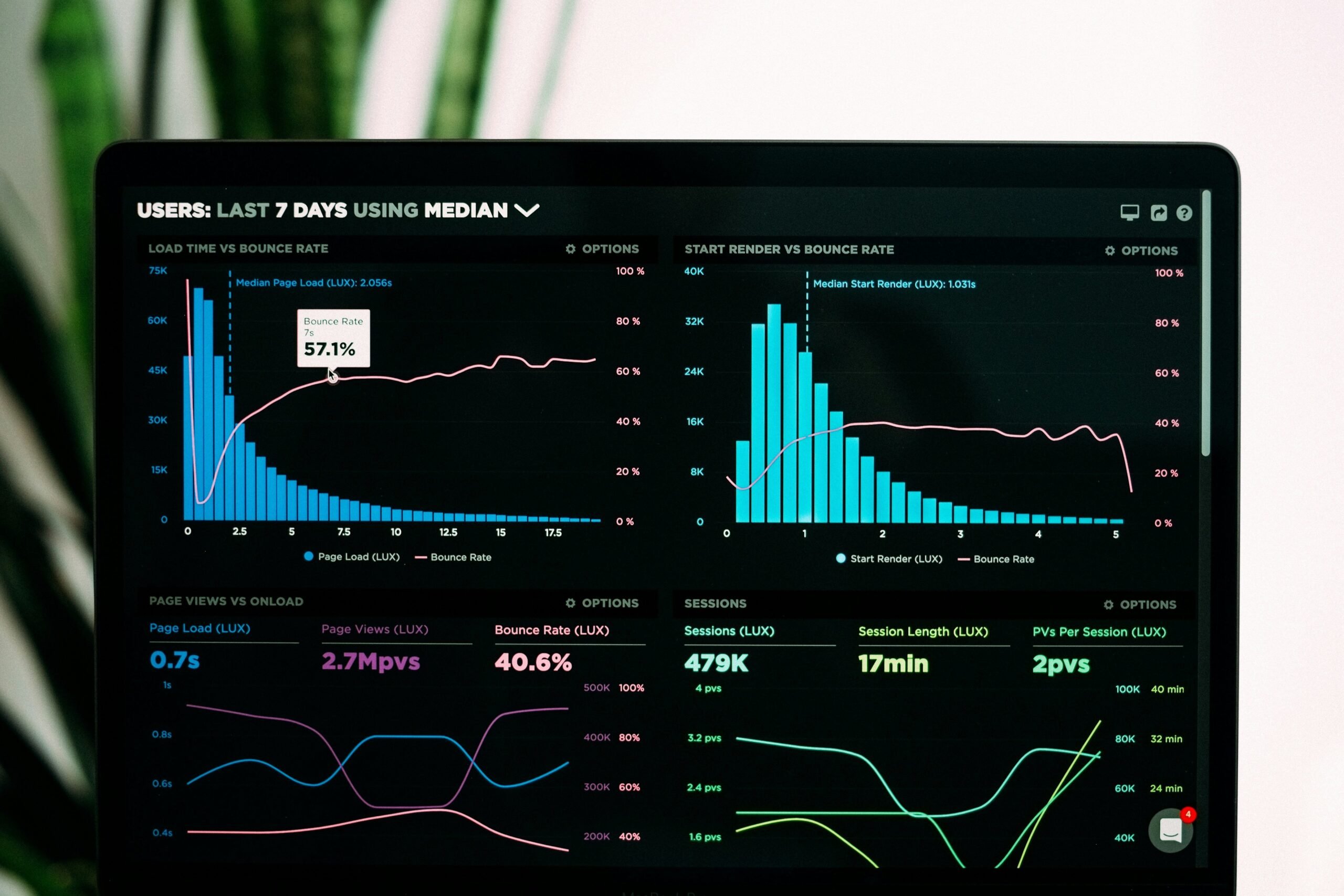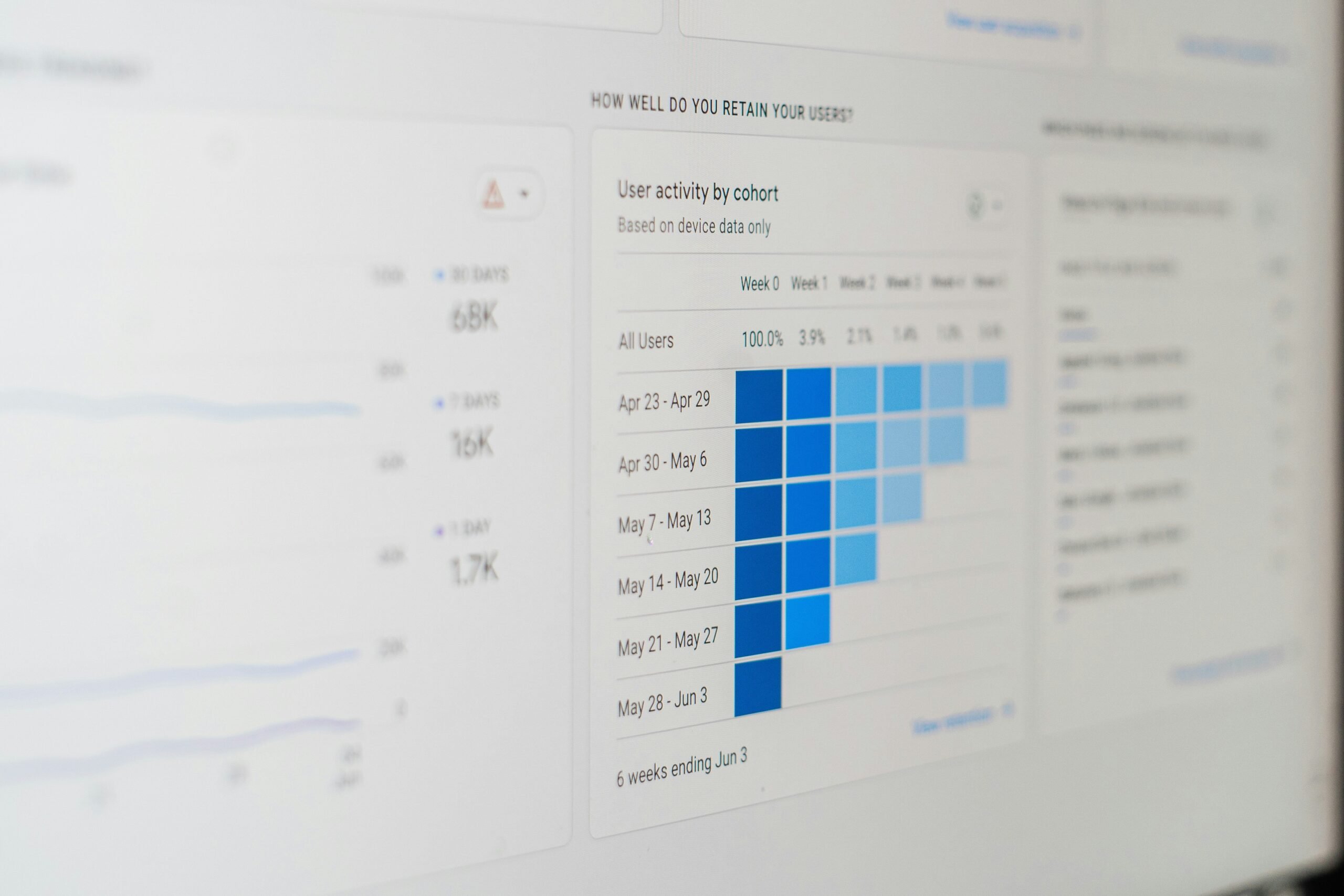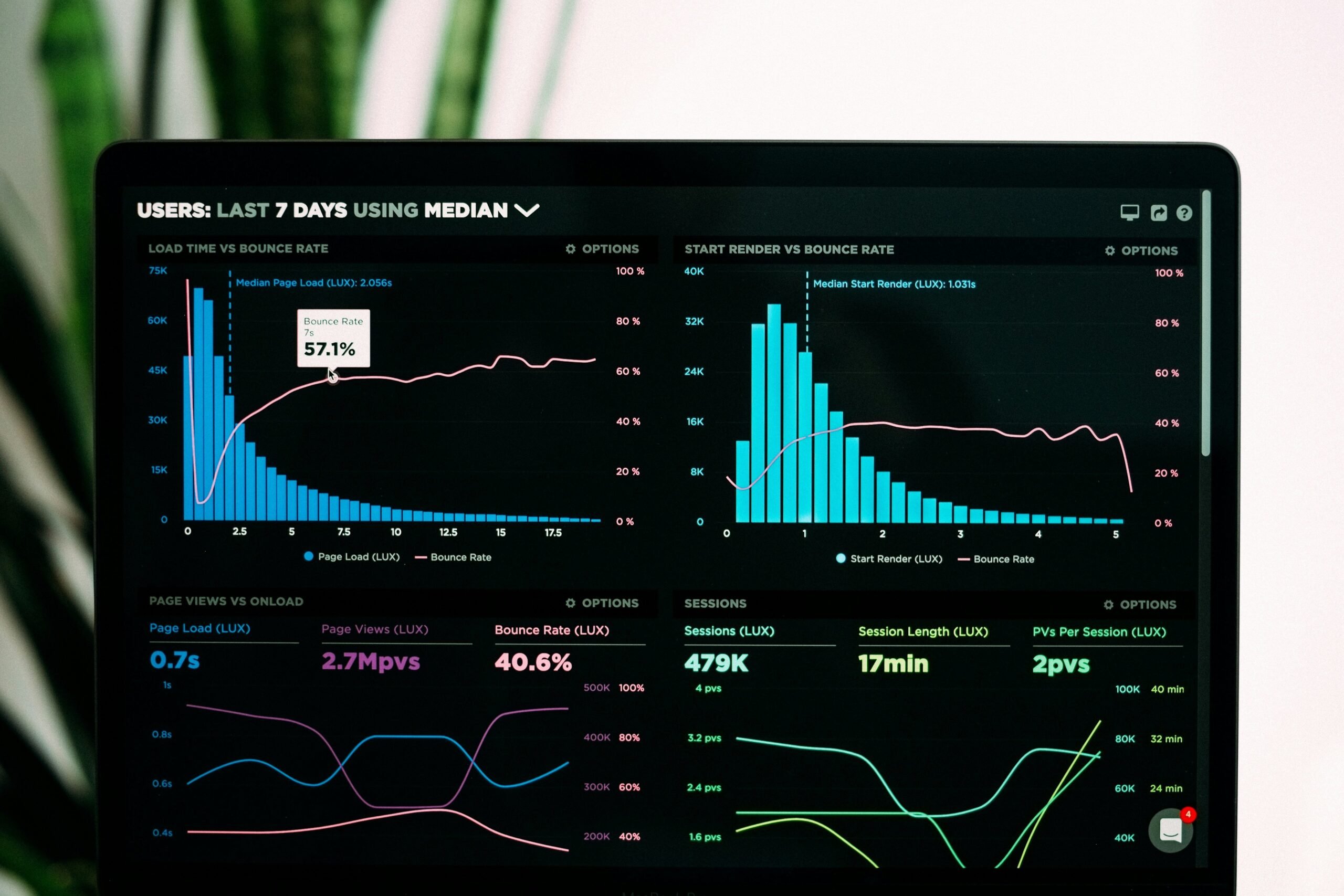Ever stared at a dashboard full of metrics and thought, “What am I even looking at?” Yeah, we’ve been there too. When it comes to mastering financial tools and apps, understanding how to communicate analytics effectively can make or break your success—especially if you’re diving into marketing automation courses within the realm of personal finance.
In this guide, you’ll uncover:
- Why Analytics Communication is crucial for optimizing financial tools.
- A step-by-step breakdown on communicating data like a pro.
- Proven tips tailored specifically for marketers leveraging automation in personal finance.
- Real-world examples that prove these strategies work.
Table of Contents
- Key Takeaways
- The Problem with Poor Analytics Communication
- Step-by-Step Guide to Mastering Analytics Communication
- Best Practices for Communicating Financial Data Effectively
- Real-World Examples of Success Stories
- FAQs About Analytics Communication in Personal Finance
- Conclusion
Key Takeaways
- Effective Analytics Communication bridges the gap between raw data and actionable insights.
- Marketing automation tools are only as good as your ability to interpret and share their findings.
- Data storytelling transforms complex financial metrics into relatable narratives.
- Use visuals and clear language to engage stakeholders across all levels of expertise.
The Problem with Poor Analytics Communication
Let me paint you a picture. Imagine this—you spend weeks crafting an intricate budgeting app using cutting-edge financial tools. You integrate every bell and whistle from machine learning algorithms to live market tracking. But when you present your results to stakeholders? Crickets.
This happened to me—not once but TWICE. One time, I overloaded my slides with so many charts and tables that the C-suite left the room muttering about coffee breaks. Another time, I tried explaining ROI without simplifying the jargon. It was like throwing spaghetti against a wall… except none of it stuck.
Optimist Me:
“This strategy will crush engagement!”
Grumpy Me:
“Ugh, fine—but only if coffee’s involved.”
The truth is, poor analytics communication creates frustration, confusion, and missed opportunities. Without clarity, even the best financial apps and tools become ineffective black boxes.

Step-by-Step Guide to Mastering Analytics Communication
Step 1: Know Your Audience
Are you presenting to tech-savvy analysts who love diving deep into numbers? Or maybe decision-makers who just want the bottom line? Tailor your message accordingly.
Step 2: Simplify Complex Metrics
Take complicated terms like “cost per acquisition” or “lifetime value” and translate them into digestible soundbites. For instance: “We saved $500 per customer acquisition last quarter by tweaking ad targeting.”
Step 3: Use Visuals Wisely
Infographics, pie charts, and heatmaps are your friends here. Just don’t overload them. Keep visuals clean and label everything clearly.
Step 4: Tell a Story
Humans connect through stories. Frame your data as part of a journey with a beginning (problem), middle (solution), and end (results).
Step 5: Practice Active Listening
After you present, ask questions. Are they confused? Excited? Adjust based on feedback because two-way communication builds trust.
Best Practices for Communicating Financial Data Effectively
- Stick to Key Metrics Only: Resist the urge to show off ALL the data. Focus on what matters most.
- Be Consistent: Use uniform color schemes, fonts, and formatting throughout presentations.
- Skip Jargon: If someone has to Google a term after your talk, you’ve failed.
- Test Beforehand: Run your slides or reports by a colleague to ensure they’re easy to follow.
- Include Call-to-Actions: End each presentation with clear next steps.

Real-World Examples of Success Stories
Meet Sarah, a financial planner who struggled to explain her automated investment app’s performance to clients. She pivoted her approach by creating interactive dashboards paired with short videos explaining trends. Result? Client retention skyrocketed by 25%.
Then there’s Alex, who revamped his marketing team’s reporting process by implementing a templated slide deck highlighting KPIs in plain English. His team reduced meeting times by 40% while boosting stakeholder satisfaction scores.
FAQs About Analytics Communication in Personal Finance
Q: How do I know which metrics matter most?
A: Start with goals. Are you focused on cost savings? Increased revenue? Align metrics to those objectives.
Q: What tools help improve analytics communication?
A: Platforms like Tableau, Power BI, and Looker are excellent for creating intuitive dashboards.
Q: Is storytelling really necessary?
A: Absolutely! Stories create emotional connections. People remember anecdotes long after forgetting raw numbers.
Q: Can bad communication ruin a great tool?
A: Yes, and it often does. Tools are useless unless users understand their outputs—and act on them.
Q: Do I need design skills to make effective visuals?
A: Not necessarily. Many tools offer pre-built templates. Just focus on clarity over flashiness.
Conclusion
Mastering Analytics Communication isn’t just another checkbox—it’s the lifeline connecting your financial tools and apps to real-world success. By knowing your audience, simplifying data, telling compelling stories, and embracing visual aids, you unlock the true potential of marketing automation courses in personal finance.
Now go forth and conquer those dashboards—but not before grabbing some caffeine. Trust me, you’ll need it.
P.S. Like a Tamagotchi, your SEO needs daily care. 🐣



